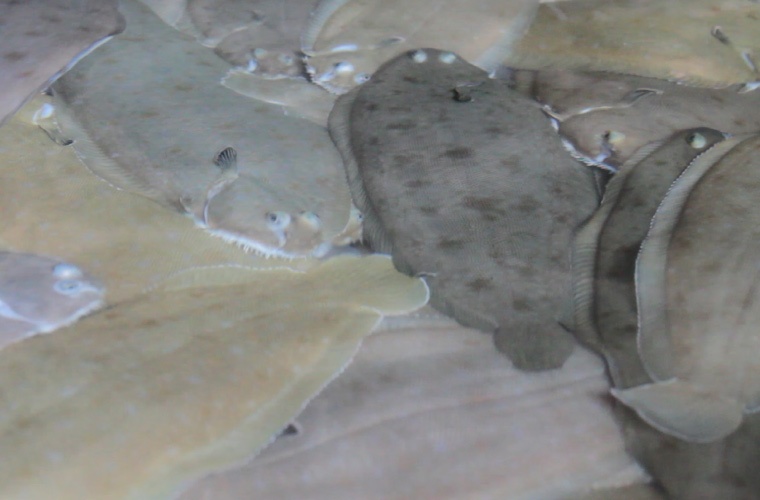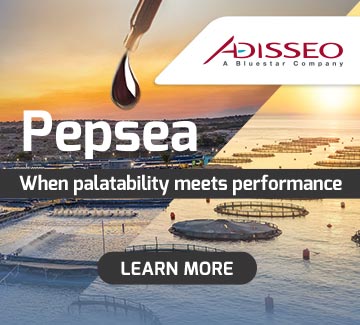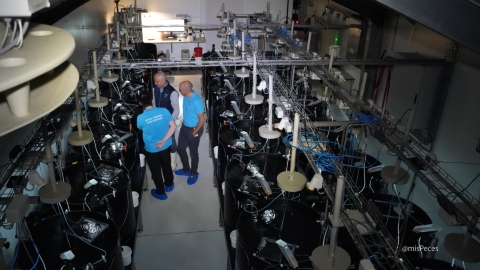
Researchers from the University of Seville and IFAPA, in Spain, have assessed the effectiveness of near-infrared spectroscopy (NIRS) in determining the fatty acid profile of Senegalese sole, a species of growing interest in European aquaculture. Traditionally, gas chromatography has been the benchmark method for such analyses. However, its high costs and complex procedures have driven the search for more efficient alternatives.
NIRS has already been successfully tested in other farmed species, including fatty fish such as salmon and herring, as well as lean species like tilapia. Its application in aquaculture remains an ongoing area of research, and in the case of sole, it represents a unique challenge due to its low lipid concentration and the overlap of spectral signals with other molecules, such as water and proteins.
Developing this technology further is crucial as it provides a non-invasive and rapid means of predicting the chemical composition of fish, making it a valuable tool for aquaculture.
The study analysed 75 muscle tissue samples from fish fed different diets, comparing NIRS results with those from gas chromatography. Researchers developed calibration models using modified partial least squares regression (MPLSR) to assess the accuracy of predictions.
Findings revealed that expressing fatty acid content in absolute concentration (µg FA/mg dry tissue) produced more precise calibrations than expressing it as a percentage of total fatty acids. The most reliable predictions were obtained for oleic acid, with a cross-validation coefficient of determination (R²cv) of 0.83 and a standard deviation/error of prediction ratio (RPD) of 2.44. Predictions for monounsaturated fatty acids (MUFA) were even stronger, with R²cv of 0.85 and an RPD of 2.60.
Conversely, fatty acids present in lower concentrations, such as arachidonic acid, displayed lower accuracy in calibrations (R²cv = 0.12, RPD = 1.05). This suggests that NIRS is more effective in detecting major lipid components than minor ones.
Applications in the aquaculture industry
The study’s findings suggest that near-infrared spectroscopy (NIRS) could become a valuable tool in aquaculture, providing a rapid and non-invasive method for assessing fish quality and feed efficiency. Its potential commercial applications include quality control through real-time lipid monitoring, optimising diets by evaluating the impact of different feed formulations, and certifying fish with specific fatty acid profiles—particularly for marketing products rich in beneficial lipids.
Despite these advantages, researchers caution that “further research is needed to improve the accuracy and robustness of NIRS predictive models.” One key recommendation is to expand the calibration database to incorporate a wider range of diets, rearing conditions, and seasonal variations, ensuring more reliable and generalisable results.
This study represents a significant step forward in modernising lipid analysis for aquaculture, offering a cost-effective, time-saving alternative to traditional methods. With continued advancements, NIRS could play a pivotal role in enhancing fish quality assessment and optimising nutritional profiling across the industry.
Reference:
Fernández-Cabañas, V. M., & Hachero Cruzado, I. (2025). Evaluating near-infrared spectroscopy as a rapid and cost-effective method for fatty acid profiling in Senegalese sole (Solea senegalensis). Spectrochimica Acta Part A: Molecular and Biomolecular Spectroscopy, 336, 126042.


